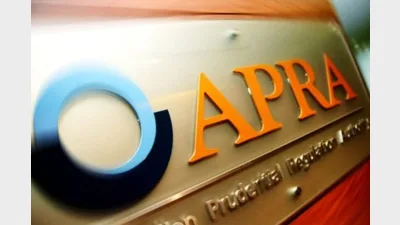(October-2001) Is outsourcing really the way to go?
Financial status
Supporting an internally managed super fund is a significant financial drain on a company’s bottom line. While some of these costs are ‘actual’, there are also ‘hidden’ costs — like attending trustee meetings and solving employee queries — mounting up to $200,000 a year for a typical corporate fund. There may, however, be a financial cost when transferring assets to a master trust arrangement, so it’s critical to quantify these costs to understand the full financial impact.
Core capabilities
Many organisations outsource non-core business activities to ‘stick to their knitting’. On the flip side, it’s about using experts whose core business is super.
Conversely, outsourcing may not provide the same level of flexibility and control over investment management. In some situations this is changing as providers begin to tailor investment portfolios, especially in relation to defined benefit investments, which impact the sponsoring employer’s bottom line.
Litigation risk
Managing superannuation is a complicated and specialised activity. Trustees are continually faced with legislative change and uncertainty, such as the introduction of the FSR Bill. Greater licensing and disclosure responsibilities will mean more time and resources spent and more risk.
Attract and retain key people
Superannuation is a key component of a remuneration package — the better the super plan, the more attractive the package is to existing and future staff. Keeping up with the pace of change requires a significant investment in technology and administrative systems to support services such as interactive Web sites and call centres. Master trusts are like a club, as the more dollars that are pooled, means more funds can be spent on developing state-of-the-art systems and education resources, making it harder for individual organisations to compete on a cost-effective basis.
Some organisations believe they will lose their corporate identity by outsourcing and using a third-party brand. Employees may also view this suspiciously and feel their employer is no longer committed to providing quality employee services. In many cases, this can be overcome by developing tailored communication and education activities, and badging materials with the company’s logo.
— Mike Fitzsimons is Plum’s general manager of client solutions.
Recommended for you
Australia’s superannuation sector has expanded strongly over the June quarter, with assets, contributions, and benefit payments all recording notable increases.
The Super Members Council (SMC) has called on the government to urgently legislate payday super, warning that delays will further undermine the retirement savings of Australian women.
ASFA has highlighted that regulation should not be “set and forget” and calls for a modernised test to meet future needs.
The super fund is open to the idea of using crypto ETFs to invest in the asset class, but says there are important compliance checks to tick off first.











